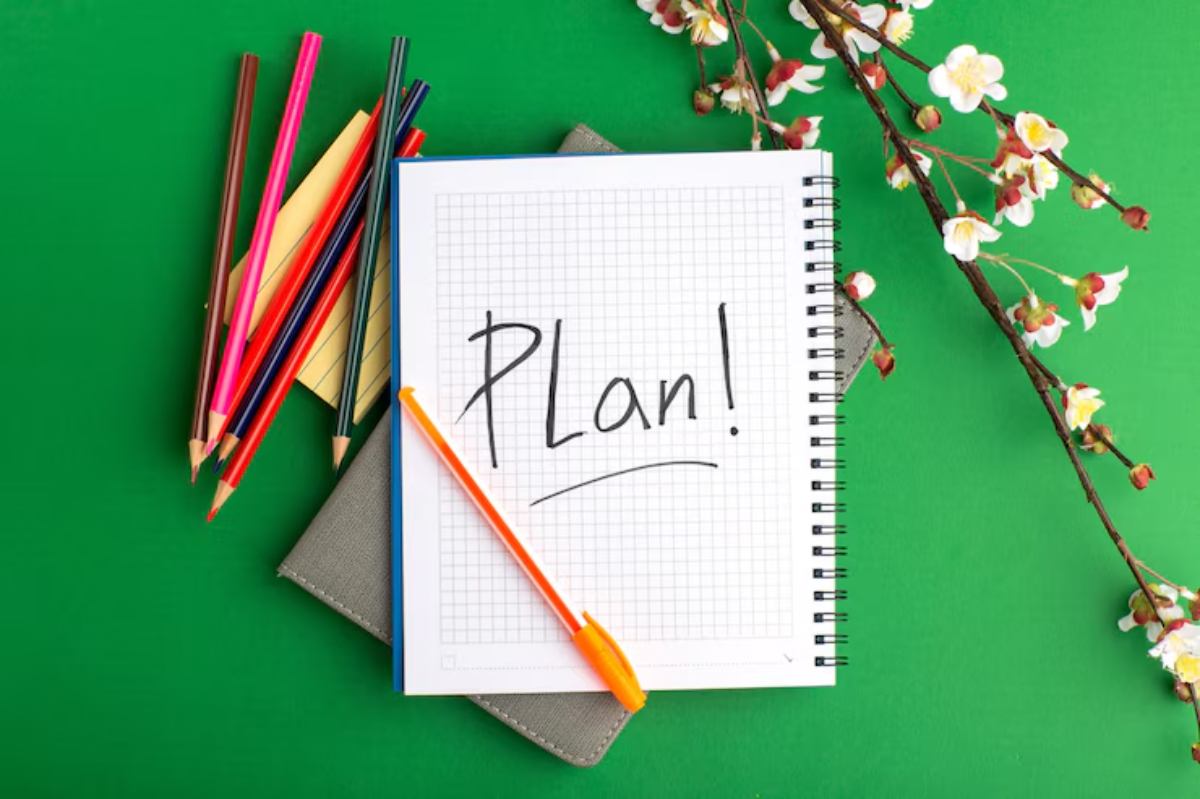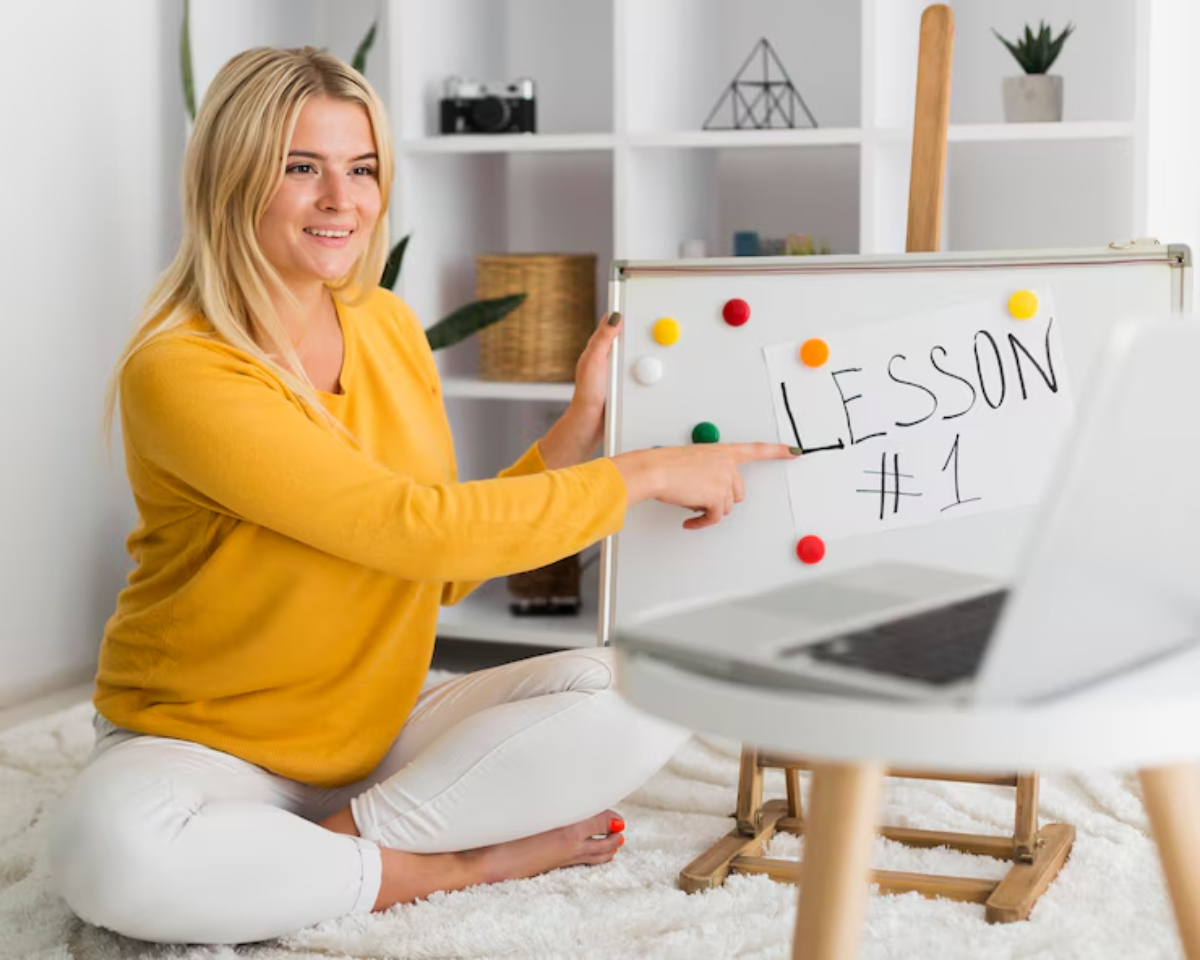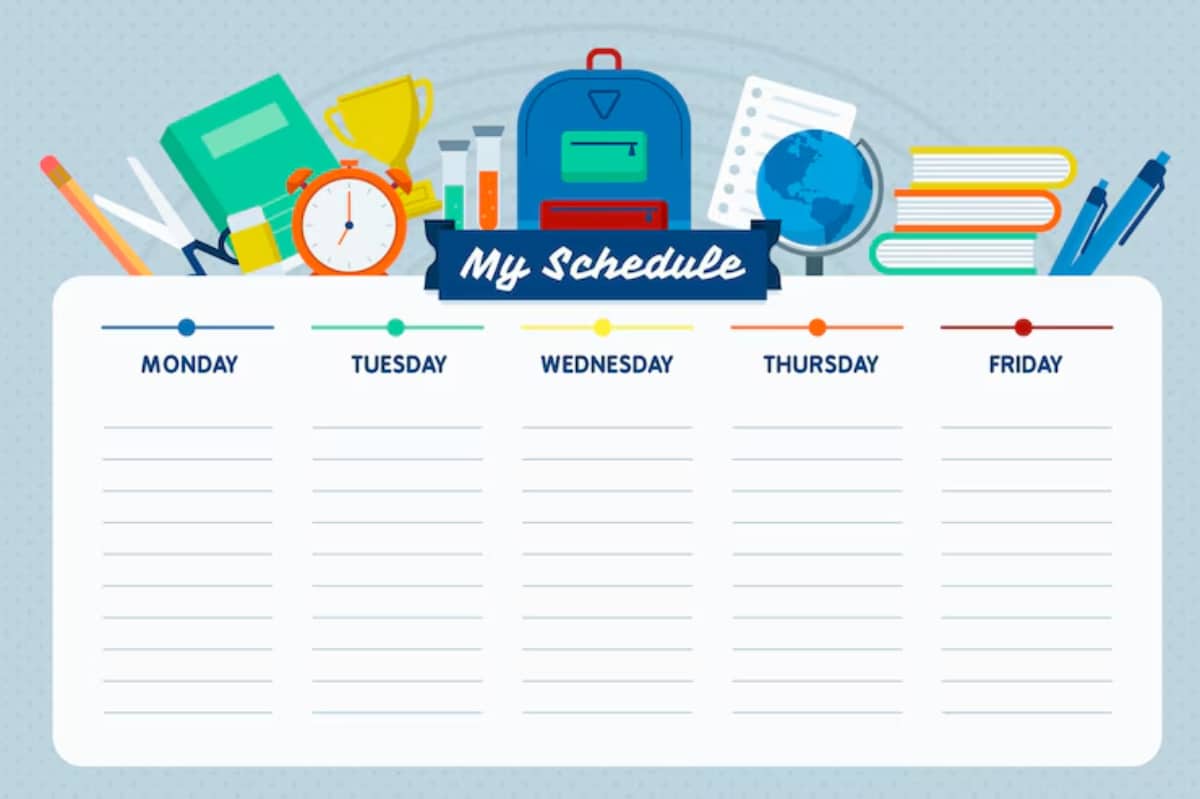
How to Create a Homeschool Curriculum Plan
Homeschooling allows you to design an education that fits your child’s needs, but that freedom can also feel overwhelming. Where do you begin? What should you teach, and when? How do you stay organised without feeling like you’re drowning in worksheets?
This guide walks you through step-by-step homeschool curriculum planning. Whether you’re just starting or looking to improve your current routine, you’ll learn how to build a practical, flexible, and effective plan that works for your family.

Why Planning Matters in Homeschooling
You might be tempted to take each day as it comes, but having a plan can make your life easier. It helps you:
- Stay on track with learning goals
- Avoid last-minute stress
- Keep a consistent rhythm at home
- Track progress and adjust as needed
Even a simple outline can make a big difference in your daily flow.
Step 1: Know Your Goals and Requirements
Before you choose any books or resources, clarify your goals.
- What are your local homeschooling laws?
- Every province (or state) has different rules. Some require reporting or following specific subjects.
- What are your long-term goals?
- Are you preparing your child for university, trades, or a flexible path? Your goals help shape the structure.
- What are your child’s strengths and interests?
- A plan that fits your child’s learning style will be more effective and enjoyable.
Step 2: Choose Your Subjects
Most homeschoolers cover the basics:
- Math
- Language Arts (reading, writing, grammar, spelling)
- Science
- History or Social Studies
You can also add:
- Foreign languages
- Art or music
- Physical education
- Life skills (budgeting, cooking, etc.)
Tip: Don’t overload your schedule. It’s better to go deeper in fewer subjects than to rush through too many.
Step 3: Find Your Curriculum or Resources
Now that you know what subjects you’ll teach, choose how you’ll teach them. You can use:
- Pre-made homeschool curricula (online or printed)
- Free online resources (like Khan Academy, CK-12, or library websites)
- Books from the library
- Educational kits or workbooks
Some families like all-in-one programmes, while others prefer a mix-and-match approach. It depends on your teaching style and your child’s learning style.
Check out reviews and sample lessons before committing. Look for resources that feel engaging, not overwhelming.

Step 4: Create a Simple Weekly Plan
Now it’s time to break your year into manageable chunks. Don’t worry—you don’t need to map out every day.
Start with a weekly rhythm. For example:
Day Subjects
Monday Math, Language Arts, Science
Tuesday Math, History, Art
Wednesday Reading, Science, Writing
Thursday Math, Social Studies, Music
Friday Review, Projects, Educational Game
You can keep it flexible. Just aim for balance throughout the week.
Step 5: Break It Down into Daily Lessons
Once your weekly plan is ready, move into scheduling your homeschool day. Each family’s day will look different, but here’s a typical structure:
- 9:00 – 9:30: Morning reading or journaling
- 9:30 – 10:15: Math
- 10:15 – 10:30: Break
- 10:30 – 11:15: Language Arts
- 11:15 – 12:00: Science or History
- Afternoon: Free play, projects, reading, or outings
Remember: You don’t need to recreate a traditional school schedule. Learning at home often takes less time and can be more focused.

Step 6: Build Your Homeschool Lesson Plan
A homeschool lesson plan doesn’t need to be complicated. Here’s what a simple one might include:
- Subject: e.g., Science
- Topic: Plants and Photosynthesis
- Goal: Understand how plants make food using sunlight
- Activities: Watch a video, read two pages, draw a diagram
- Supplies: Notebook, pencil, coloured pens
- Assessment: Oral review or drawing recap
You can make these daily, weekly, or monthly—whatever helps you stay on track.
Step 7: Keep Records and Stay Flexible
Tracking what you’ve done is just as important as planning it.
Use a notebook, planner, or digital tool to record:
- Books read
- Lessons completed
- Skills mastered
- Notes on what worked or didn’t
That way, if something needs adjusting, you’ll have the information to do it confidently.
And remember—flexibility is your superpower. Some days will go smoothly, others won’t. That’s okay. Adjust as you go.
Helpful Tools for Planning
Here are a few tools that can make curriculum planning easier:
- Printable planners: Simple templates for weekly or monthly overviews
- Online calendars: Google Calendar, Trello, or Notion
- Homeschool planning apps: Homeschool Panda, Planbook, or Trello boards customised for lessons
- Binders or folders: For keeping printed lesson plans and worksheets organised
Common Mistakes to Avoid
- Over-scheduling: Start small. It’s better to add more than to take on too much.
- Skipping reviews: Reviews are essential to make sure lessons stick.
- Comparing your child to others: Every child learns at a different pace. Focus on progress, not perfection.
Making It Work for Your Family
Every homeschool looks a little different—and that’s the beauty of it.
Some families work best with a tight structure. Others thrive with a more relaxed rhythm. The key is to find your flow and stick with what works, adjusting when necessary.
If you’re juggling multiple children, consider doing group subjects like science or history together, then let them work independently at their level on math or language.
Also, make room for fun. Learning doesn’t only happen at the desk. Baking, nature walks, and building Lego are all educational.
Build a Plan That Grows with You
Homeschool curriculum planning isn’t a one-time event—it’s a living process. The more you observe your child, the better you’ll be at building a truly fit curriculum.
You don’t need to be perfect. You must be present, prepared, and willing to learn alongside your child.
Start with a simple schedule, choose resources you trust, and let learning unfold naturally.
Do you have questions or want to share your planning tips? Comment below—we’d love to hear how you structure your homeschool day!


